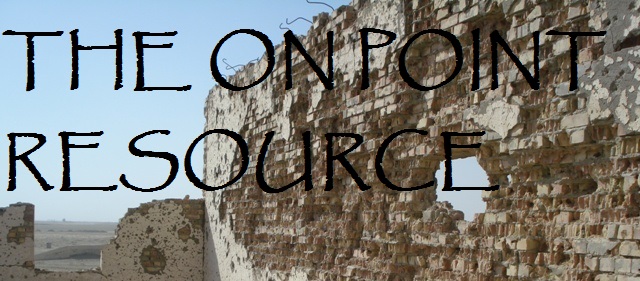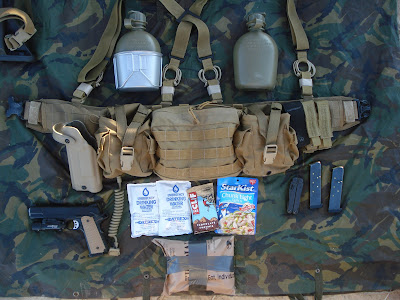During my time in the Marine Corps, I've humped pretty much every pack
and ruck that the Corps has issued in the last 20-30 years. I've humped
the large and medium ALICE ruck, the MOLLE pack, and the newest Improved
Load Bearing Equipment (ILBE) pack.
The ALICE is tried and true,
and many military servicemen still prefer it over the latest and
greatest. The MOLLE had it's issues (read: frame prone to cracking) but
in my opinion rode well and had a huge capacity.
The Marine Corps' newest ILBE pack is quite impressive, and progressive in the fact that it's the first internal frame pack that the Marine Corps has issued.
After having to turn in my issued ILBE pack, I
have recently acquired a brand new ILBE pack for personal use.
The
ILBE is an extremely comfortable pack, with an almost excessive amount
of padding. Being the first internal frame pack that I've ever used, I felt the load being closer to the body lead to it being more
comfortable and agile to walk with.
The ILBE actually comes as a
system, with a detachable assault/3-day pack. I have not bothered to purchase one of these for personal use, as I've never really cared for
them. There are far more superior 3-day packs on the market.
The
ILBE was intended to not only carry a heavy load, but to also make
carrying odd-sized and cumbersome items (ammo cans, mortar/rocket
rounds, mortar tubes, mortar bases, etc.) more comfortable for the
infantryman to carry. This is why there is a lot of webbing and straps on the
sides of the pack. The amount of straps is my only gripe about this
pack, as managing them can be a pain in the ass.
Sleeping pads can
be carried on either side of the pack, or as I preferred later, to be carried horizontally on the back of the pack. The square
looking "pouch" secured by a snap closure on the front of the pack is
actually a fold-out shelf to be used to secure the 3-day pack or ammo
cans.The shelf has a fastex buckle that secures to a buckle under the lid of the pack.
On either side of the
pack, there are side zipper access points, making it easy for you to get to your gear.The lid
of the ILBE is detachable, and is able to be worn much like a butt
pack. I like to keep essentials in the lid, so in the event that I
need to ditch the main pack, I could retain the lid and quickly move
on.
The ILBE is not widely available, and when found, are
typically expensive (in complete and new condition, think $300-$400). If
you come upon an opportunity to acquire one of these at a decent price,
I would certainly jump at it!



































